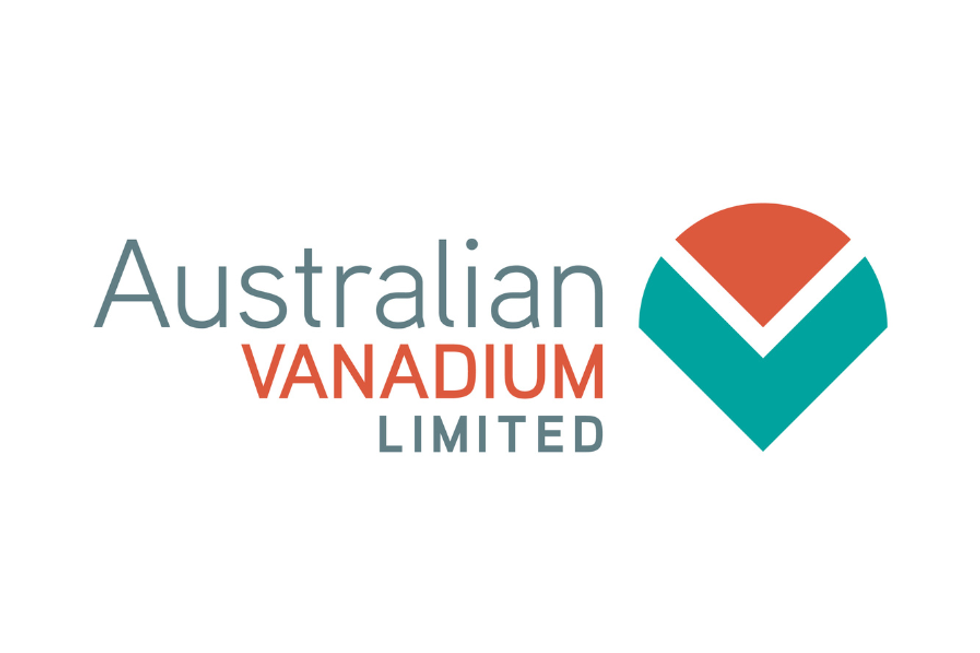Vanadium Redox Batteries Show Promise in Renewable Energy Technologies
Vanadium Investing News speaks with Jonathan Lee, a Battery Materials and Technologies Analyst at Byron Capital Markets to learn more about how demand for vanadium can be expected to rise if the vanadium redox battery is widely adopted in renewable energy technologies.
By Damon van der Linde – Exclusive to Vanadium Investing News
Demand for vanadium can be expected to rise if the vanadium redox battery (VRB) is widely adopted in large-scale energy storage of renewables like wind and solar power.
“The VRBs are a very good technology in the renewable energy sector and that’s where we think it will help out significantly,” said Jonathan Lee, a Battery Materials and Technologies Analyst at Byron Capital Markets, in a recent interview with Vanadium Investing News.
Properties of vanadium make VRBs well suited in large power storage applications such as the energy stabilization of highly variable generation sources—such as wind or solar power—or to help generators cope with large surges in demand. Lee explained that this is because vanadium possesses the unique benefit of having multiple charges, allowing for use in both the anode and cathode of the battery. This quality gives the battery a longer life because less contamination occurs.
“With wind power, for instance, most of the wind happens at night and most people use the most electricity during the day so there’s a mismatch between when electricity is used and when it is consumed,” said Lee. “A VRB would be able to store and stabilize some of this energy.”
The main advantages of VRBs are that they can offer almost unlimited capacity simply by using larger storage tanks, they can be left completely discharged for long periods with no ill effects, they can be recharged simply by replacing the electrolyte if no power source is available to charge it, and if the electrolytes are accidentally mixed the battery suffers no permanent damage.
In spite of its many benefits in large-scale energy storage, VRBs are a relatively new technology and could face some uncertainties in the future. For instance, the vast majority of global vanadium supply is used as a hardener in steel production. Today, more than 85 percent of existing vanadium demand is from the global steel industry, driven by increased steel production primarily in China, India and the developing world.
“It is heavily tied to steel industry, so that’s where it becomes a boom and bust in terms of pricing,” said Lee. “This has contributed to some of the problems with the volatility of pricing in the past. Some of the metrics by which you cost a project change dramatically when a major input is vanadium.”
Lee said the widespread adoption of VRBs in renewable energy could also be contingent on the ability of supply to meet a growing demand.
“For every megawatt of storage you need about 10 tons of vanadium. The amount of vanadium you need can add up very quickly,” said Lee. “If supply can’t catch up, it could have an effect on pricing. If large scale applications of vanadium like VRBs do come to fruition, new suppliers will have to come online.”

